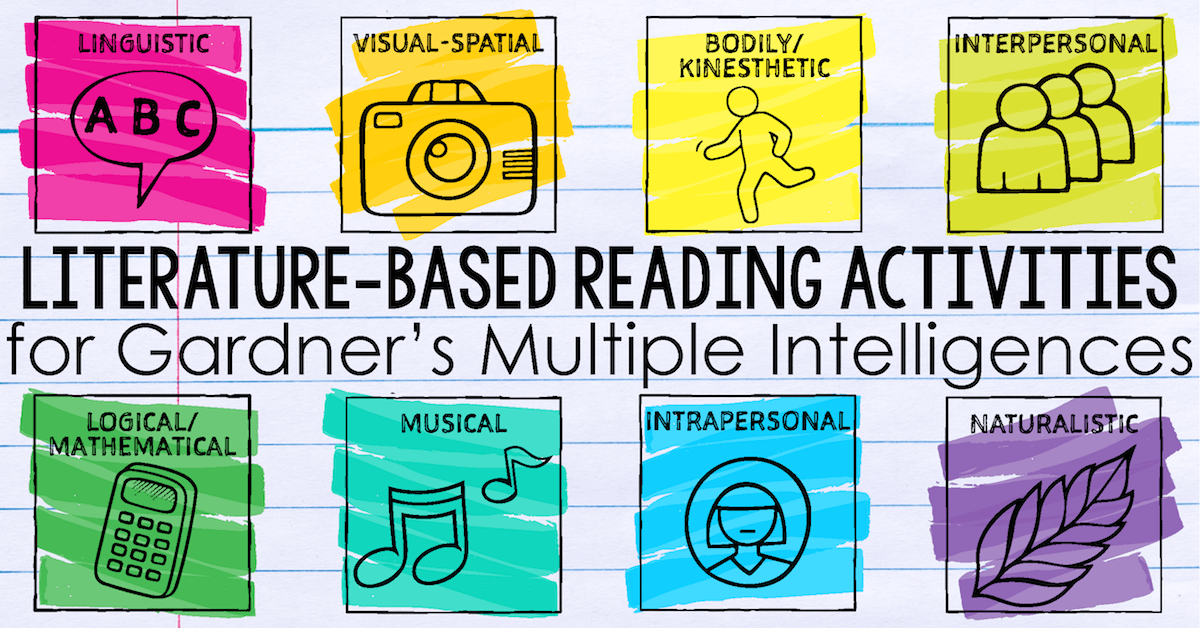Overview of the theories
Bloom’s Taxonomy

In one sentence, Bloom’s Taxonomy is a hierarchical ordering of cognitive skills that can, among countless other uses, help teachers teach and students learn. Bloom’s Taxonomy was created by Benjamin Bloom in 1956, published as a kind of classification of learning outcomes and objectives that have, in the more than half-century since, been used for everything from framing digital tasks and evaluating apps to writing questions and assessments.
The original sequence of cognitive skills was Knowledge, Comprehension, Application, Analysis, Synthesis, and Evaluation. The framework was revised in 2001 by Lorin Anderson and David Krathwohl, yielding the Blooms taxonomy. The most significant change was the removal of ‘Synthesis’ and the addition of ‘Creation’ as the highest-level of Bloom’s Taxonomy. And being at the highest level, the implication is that it’s the most complex or demanding cognitive skill–or at least represents a kind of pinnacle for cognitive tasks. There are many reasons for the popularity of Bloom’s Taxonomy. For now, it’s clear that many educators love Bloom’s because, among other virtues, it gives them a way to think about their teaching and the subsequent learning of their students. As mentioned above, the framework can be used to used to create assessments, evaluate the complexity of assignments, increase the rigor of a lesson, simplify an activity to help personalize learning, design a summative assessment, plan project-based learning, frame a group discussion, and more. Because it simply provides an order for cognitive behaviors, it can be applied to almost anything. There are six levels in Bloom’s Taxonomy. The first level of Bloom’s Taxonomy is to Remember, The second level of Bloom’s Taxonomy is to Understand, The third level of Bloom’s Taxonomy is to Apply, The fourth level is to Analyze, The fifth level is to Evaluate and the last level is to create.
Howard Gardner’s Multiple Intelligences

When you hear the word intelligence, the concept of IQ testing may immediately come to mind. Intelligence is often defined as our intellectual potential; something we are born with, something that can be measured, and a capacity that is difficult to change. In recent years, however, other views of intelligence have emerged. One such conception is the theory of multiple intelligence's proposed by Harvard psychologist Howard Gardner. This theory suggests that traditional psychometric views of intelligence are too limited. Gardner first outlined his theory in his 1983 book Frames of Mind: The Theory of Multiple Intelligences, where he suggested that all people have different kinds of "intelligences." Gardner proposed that there are eight intelligences, and has suggested the possible addition of a ninth known as "existentialist intelligence."1 In order to capture the full range of abilities and talents that people possess, Gardner theorizes that people do not have just an intellectual capacity, but have many kinds of intelligence, including musical, interpersonal, spatial-visual, and linguistic intelligences. While a person might be particularly strong in a specific area, such as musical intelligence, he or she most likely possesses a range of abilities. For example, an individual might be strong in verbal, musical, and naturalistic intelligence.Despite this, the theory of multiple intelligences enjoys considerable popularity with educators. Many teachers utilize multiple intelligences in their teaching philosophies and work to integrate Gardner’s theory into the classroom. Learning more about the multiple intelligences can help you better understand your own strengths. Continue reading to learn more about the major characteristics of each type of intelligence.
Visual-Spatial Intelligence
People who are strong in visual-spatial intelligence are good at visualizing things. These individuals are often good with directions as well as maps, charts, videos, and pictures.
Linguistic-Verbal Intelligence
People who are strong in linguistic-verbal intelligence are able to use words well, both when writing and speaking. These individuals are typically very good at writing stories, memorizing information, and reading.
Logical-Mathematical Intelligence
People who are strong in logical-mathematical intelligence are good at reasoning, recognizing patterns, and logically analyzing problems. These individuals tend to think conceptually about numbers, relationships, and patterns.
Bodily-Kinesthetic Intelligence
Those who have high bodily-kinesthetic intelligence are said to be good at body movement, performing actions, and physical control. People who are strong in this area tend to have excellent hand-eye coordination and dexterity.
Musical Intelligence
People who have strong musical intelligence are good at thinking in patterns, rhythms, and sounds. They have a strong appreciation for music and are often good at musical composition and performance.
Interpersonal Intelligence
Those who have strong interpersonal intelligence are good at understanding and interacting with other people. These individuals are skilled at assessing the emotions, motivations, desires, and intentions of those around them.
Intrapersonal Intelligence
Individuals who are strong in intrapersonal intelligence are good at being aware of their own emotional states, feelings, and motivations. They tend to enjoy self-reflection and analysis, including daydreaming, exploring relationships with others, and assessing their personal strengths.
Naturalistic Intelligence
Naturalistic is the most recent addition to Gardner’s theory and has been met with more resistance than his original seven intelligences. According to Gardner, individuals who are high in this type of intelligence are more in tune with nature and are often interested in nurturing, exploring the environment, and learning about other species. These individuals are said to be highly aware of even subtle changes to their environments.
Comments
Post a Comment